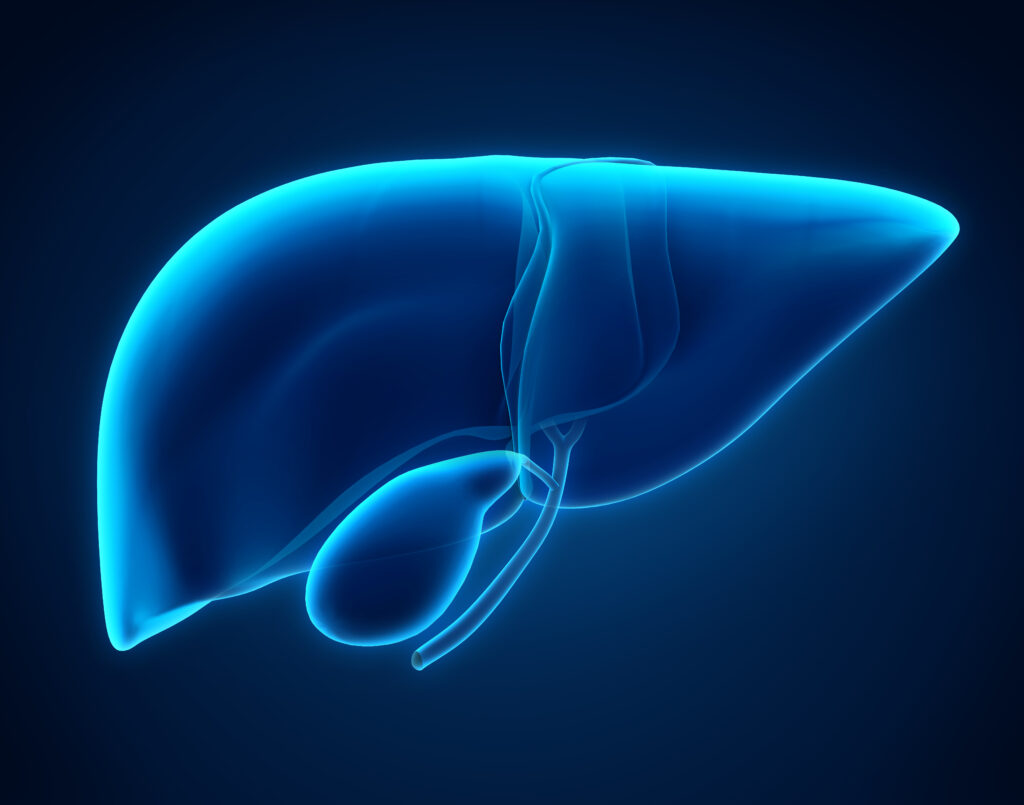Search Results
Showing Results for hepatic transaminases

Hepatic steatosis is the liver manifestation of metabolic syndrome and a common cause of chronic liver disease. Nonalcoholic fatty liver disease (NAFLD) diagnosis relies on the presence of hepatic steatosis, defined as >5% fat accumulation in the liver, as observed ...

Recently, concern has been raised that statin therapy may be associated with new-onset diabetes mellitus (NODM), especially given the wide usage of statins in the treatment of dyslipidaemia and cardiovascular diseases (CVD). Statins have been found to affect not only ...

Non-alcoholic fatty liver disease (NAFLD), which impacts an estimated 25% of the world’s adult population,1–3 is the principal cause of chronic liver disease globally. NAFLD as a whole represents a pathological spectrum of liver injury, spanning from simple steatosis to ...

Long-chain fatty-acid oxidation disorders (LC-FAODs) are pan-ethnic, autosomal recessive, inherited metabolic conditions causing disruption in the processing or transportation of fats into the mitochondria to perform beta oxidation.1 In normal metabolism, long-chain fatty acids are bound to carnitine within the ...

Non-alcoholic fatty liver disease (NAFLD) consists of non-alcoholic fatty liver (NAFL) and non-alcoholic steatohepatitis (NASH). It is unclear which specific patients progress from NAFL to NASH and, ultimately, to cirrhosis. However, there is general consensus that, for those patients who ...

Non-alcoholic fatty liver disease (NAFLD) is the most frequent cause of chronic liver disease globally; it is histologically classified into non-alcoholic fatty liver (NAFL) and non-alcoholic steatohepatitis (NASH).1 NAFL is characterized by the presence of >5% of hepatic steatosis without ...

Hyperinsulinaemic Hypoglycaemia (HH) is a very rare disease with an estimated incidence of 1/50,000,1 and includes a clinical, histological and genetic heterogeneous group of disorders characterised by hypoglycaemia, hyperinsulinism or, more specifically, increased C-peptide level and inappropriate low blood levels of ...

Pituitary adenomas are benign tumours that arise from the adenohypophysis. They are the second most frequent intracranial tumour type after meningiomas, and account for 16.2% of all primary cranial neoplasms.1 Though likely an underestimate, the incidence of pituitary adenomas is approximately ...

Adrenocortical carcinoma (ACC) is a rare endocrine tumour deriving from the adrenal cortex. Its estimated incidence is one per million/year,1 with an increased incidence in the first and fourth to fifth decades of life and with a higher prevalence ...

Acromegaly is an uncommon disorder, with an annual incidence of three to four cases per million.1,2 It is characterized by excessive secretion of growth hormone (GH), resulting in exaggerated growth of bone and soft tissues, multisystem involvement with multiple comorbidities, ...

One of the challenges of using anti-diabetic therapy in obese or overweight patients is the prospect of substantial iatrogenic weight gain with many widely used drug classes. Since lifestyle interventions including weight loss are usually very difficult to achieve and/...

Non-alcoholic fatty liver disease (NAFLD), actually the most common cause of chronic liver injury, comprises a disease spectrum ranging from simple steatosis to non-alcoholic steatohepatitis (NASH), advanced fibrosis and cirrhosis.1,2 NAFLD is defined as an accumulation of fat, mainly triglycerides (...

Active acromegaly is associated with a two- to three-fold increase in mortality that can be reduced to that of the background population with effective treatment to decrease growth hormone (GH) and insulin-like growth factor-I (IGF-I) levels to within normal limits. ...

Acromegaly is an uncommon disorder, with an annual incidence of three to four cases per million.1,2 It is characterized by excessive secretion of growth hormone (GH), resulting in exaggerated growth of bone and soft tissues, multisystem involvement with multiple comorbidities, ...

Non-alcoholic SteatohepatitisNon-alcoholic fatty liver disease (NAFLD) is a chronic liver condition frequently associated with type 2 diabetes and characterized by insulin resistance and hepatic fat accumulation. Liver fat may range from simple steatosis to severe steatohepatitis with necroinflammation and variable degrees ...

Since non-alcoholic fatty liver disease (NAFLD) was first described in children in the early 1980s by Moran and colleagues,1 a number of case series have been reported. Awareness of the disease has been growing among healthcare providers in the last ...

Both insulin and glucagon levels are influenced by incretin hormones: glucagon-like peptide-1 (GLP-1), which is secreted by the intestinal glucose-responsive neuroendocrine (L) cells of the intestinal mucosa after a meal, and glucose-dependent insulinotropic polypeptide (GIP), secreted by intestinal K cells ...

Active acromegaly is associated with a two- to three-fold increase in mortality that can be reduced to that of the background population with effective treatment to decrease growth hormone (GH) and insulin-like growth factor-I (IGF-I) levels to within normal limits. ...
Latest articles videos and clinical updates - straight to your inbox
Log into your Touch Account
Earn and track your CME credits on the go, save articles for later, and follow the latest congress coverage.
Register now for FREE Access
Register for free to hear about the latest expert-led education, peer-reviewed articles, conference highlights, and innovative CME activities.
Sign up with an Email
Or use a Social Account.
This Functionality is for
Members Only
Explore the latest in medical education and stay current in your field. Create a free account to track your learning.

